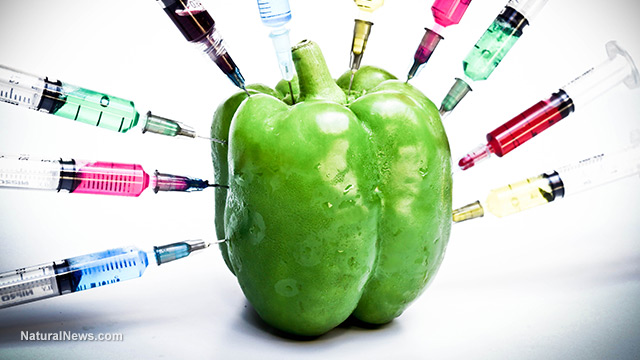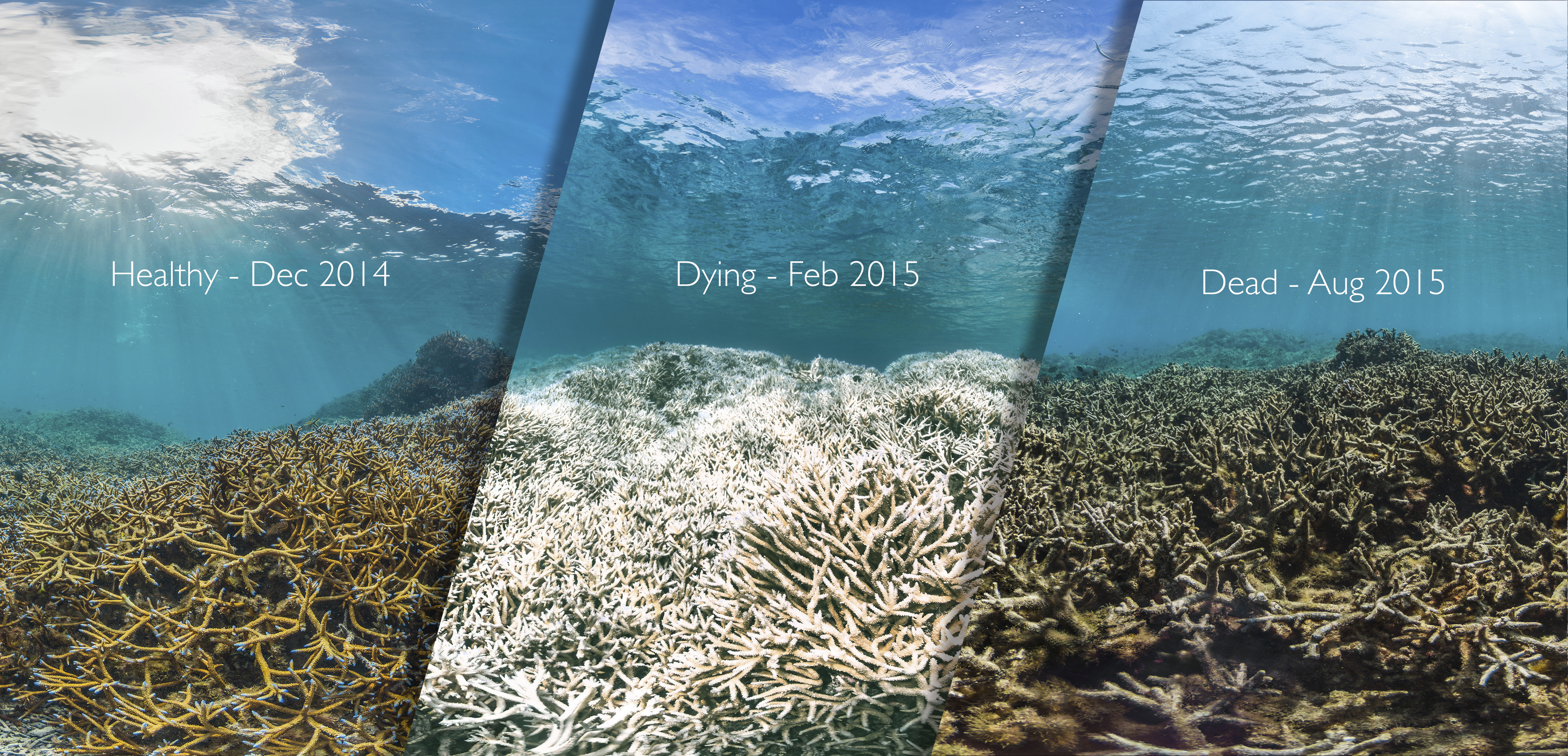When examining population ecology, a common story comes to mind. Imagine a habitat with endless resources, and no predation or competition. It sounds like this would be ideal for sustaining population. What could possibly go wrong? This type of environment is the perfect breeding ground for the overpopulation of any species. If a population has enough food to sustain and thrive, exponential breeding will occur. For several generations this growth will not be a significant problem. However, soon there won’t be enough food to sustain the entire population. Food becomes scarce, and individuals begin to compete for limited resources. Only the most fit of the individuals will survive, while the weak will die off due to disease and starvation. The population will plummet drastically, leaving only several individuals left. This cycle is related to the carrying capacity of a species, which is the size of the population that can be sustained indefinitely. By exceeding this limit, the clock starts to tick until disaster strikes.The debate around genetically modified organisms (GMO) is huge and heated on either side. One of the major considerations when arguing against the use of GMO products is the potential for environmental harm. First of all, it is important to understand what a GMO is precisely. The World Heath Organization defines them as organisms whose DNA has been altered in a non-natural way. GM plants are usually changed to be insect resistant, virus resistant, or herbicide tolerant. With these changes come some potentially problematic environmental challenges.

Firstly, toxicity is a huge issue surrounding chemical pesticides and herbicides, used commonly with GMOs, in addition to the toxicity inherent to these plants. GMOs may be toxic to non-target organisms, bees and butterflies being the most talked-about examples currently. Bees are hugely important in the pollination of many food crops, but are unfortunately extremely endangered by modern agricultural techniques, such as GM crops. Monarch butterflies are specifically at risk from GMO maize plants. In addition to bees and butterflies, birds are also at risk from pesticides, and work as biological control agents and pollinators, again, like bees.
Furthermore, the longterm effects of GMOs are not certain. Pests that are targeted by these agricultural methods can adapt to pesticides and herbicides, in addition to the DNA changes in GM plants to make them ¨resistant.¨ This means that they will not always be effective, but their toxic legacies will remain.
Cumulative effects of products such as GMOs are important to take into consideration. Evidence also suggests that small genetic changes in plants may produce even larger ecological shifts, meaning that there is potential for GMO´s to become persistent and weedy in agricultural conditions, since they are modified to be resistant to some modern agricultural techniques. This can also mean being invasive in natural settings, where GMOs, of course, do not occur naturally. It is not impossible for new, human modified, plants to become invasive species in delicate, natural ecosystems. 
Finally, biodiversity, while it is critical in all ecosystems and to the sustainability of all species, is put at risk by GMOs. When GM crops are planted, generally in a monocrop fashion, many heritage seeds are no longer used. The nature of GMOs means fewer weed flowers and, therefore, less nectar for pollinators. Toxins released into the soil through the plants´ routes mean fewer soil bacteria, which are integral to healthy soil for plants to grow without the use of chemical fertilizers. Toxic residues are left in the soil of GM crops. Nutrients are not returned to the soil in mono crops and from GMO foods, meaning that soil is becoming dry and void of all nutrients, generally integral to the growing process. A cycle of dependence on GMO seeds and chemical fertilizers, pesticides, and herbicides is then created in order to grow a single crop. In addition to soil issues, the irrigation used to grow GM foods naturally carries all of these problems into water sources and into the air. This exposes different bacteria, insects, and animals to the same problems.
All of these impacts must be taken into consideration in the larger picture; GMO´s DNA may end up in soil, compost, animal feed and byproducts, and other living organisms from insects to larger pests. Bees can transport pesticides, herbicides, and DNA through the air into the environment. Once a plant is introduced in an agricultural environment, it is reasonable to assume it will become part of a larger ecosystem, meaning the problem of environmental damage done by GMOs is much larger than simply potentially harming our health.
Aside from environmental issues, GMOs are the topic of social and ethical debates as well. It goes without saying that we live in an inter-connected world, where the way we interact with nature can cause a complex array of consequences. Being informed on the food we are consuming, and the way modern agricultural techniques are affecting the environment, is one effective way of consciously interacting with the natural world.
Genetic Engineering-sites at PSU


